Does Anything
Eat Wasps?
and 101 other questions
NewScientist
Does Anything
Eat Wasps?
and 101 other questions
Questions and answers
from the popular Last Word column
edited by Mick OHare

First published in Great Britain in 2005 by
PROFILE BOOKS LTD
3A Exmouth House
Pine Street
London EC1R 0JH
www.profilebooks.com
This eBook edition first published in 2009
Copyright New Scientist, 2005
The moral right of the authors has been asserted.
Text design by Sue Lamble
Typeset by Palimpsest Book Production Ltd
This eBook is copyright material and must not be copied,reproduced, transferred, distributed, leased, licensed or publiclyperformed or used in any way except as specifically permitted inwriting by the publishers, as allowed under the terms andconditions under which it was purchased or as strictly permittedby applicable copyright law. Any unauthorised distribution or useof this text may be a direct infringement of the authors andpublishers rights and those responsible may be liable in lawaccordingly.
A CIP catalogue record for this book is available from the BritishLibrary.
eISBN: 978-1-84765-046-7
Contents
When, in 1994, New Scientist began publishing The Last Word, the magazines weekly column of everyday science questions and answers provided by readers,one of the journals editors asked how long we expected the column to run. Estimates ranged from twelve months to five years.If, suggested one, we reach ten years, Id be amazed. That would be more than five hundred weeks of questions there simplyarent that many out there.
Eleven years later you are reading Does Anything EatWasps?, a witty and sometimes esoteric compilation of questions and answers from a column that shows no sign of running out of steam.In the last five years alone, readers have told us how fat you have to be to become bulletproof, why dark alcoholic drinkscause heavier hangovers than light ones, how to judge the amount of rain in a cloud and why eating green potatoes can be downrightdangerous. And The Last Word has even spawned a research project and scientific paper in the journal Physica A. So taken were a group of researchers in Spain and the USA by our question asking why Tia Maria and cream interact so dramaticallythat they set about finding the answer. You can read what they discovered.
So why has the column thrived against all expectations? Well, as colleagues often tell me, I have the easiest job on the magazine.The Last Word is driven entirely by the enthusiasm of New Scientists readers. Without their enduring input there would be no Last Word, and you would not be reading this book. Every week ouremail system is inundated with readers new questions and, almost as rapidly, those questions are answered by their peers.This book is a result of their efforts.
And, if you enjoy reading it, you can join them by buying the weekly magazine or logging on to http://www.newscientist.com/lastword.ns,where you can pose your own question or answer another. But remember, The Last Word is devoted to the small questions in life.We cant solve the mystery behind the meaning of human existence, but we can tell you why your tea changes colour when youadd lemon juice. We dont know whether there is life in another galaxy, but we do know how to make bubbles in your chocolatebar. We are devoted to the trivial.
Back in 1994 that same sceptical editor promised to throw a party if The Last Word was still in existence in 2004. As wellas waiting vainly for the column to show signs of flagging, I am still waiting for the party to which I should invite allthose who have made The Last Word the success it is.
Mick OHare
The editor would like to extend special thanks to Jeremy Webb, Lucy Middleton, Alun Anderson and the subediting and productionteams of New Scientist magazine for helping to make this book so much better than it would have been otherwise.
 Breaking glass
Breaking glass
My mate Paul and I can both hold a tune, but when he singshe sounds like Bryn Terfel, while Im more like a woundedhippo. What are the anatomical prerequisites for a naturallypleasant singing voice?
Chris Newton
Moreton Valence, Gloucestershire, UK
Like all musical instruments, human voice quality is largely determined by resonance. A great Italian tenor gave permissionfor his larynx to be studied after his death. Air blown through his isolated vocal cords produced the same noise (somewherebetween blowing a raspberry and the sound of a whoopee cushion) as other, musically uncelebrated corpses.
The fundamental vibration of the vocal cord becomes operatic splendour by the addition of desirable harmonics. Some of theseare imparted by immutable anatomy, such as the shape and density of the teeth, jaw and sinuses, and others arise by manipulatingthe shape of the singers oropharynx, the part of the throat at the back of the mouth. Fortunately the latter can be trainedand refined. Presumably those with a naturally pleasant singing voice have a lucky coincidence of skeleton and oropharyngealshape.
David Williams
New Lambton Heights, New South Wales, Australia
Vocal sounds originate in the air stream that is forced through the larynx,the front of which is visible as the Adams apple, often prominent in males. Near the bottom of the larynx are the vocal folds,a pair of flaps that are essentially muscles whose thickness, area, shape and tension can be controlled. The folds are openwhen you breathe, but when you produce a sound they come together and the air pressure builds up below them until they areforced apart. After reducing the pressure in a puff of air, the folds close again. Repeating the process creates a pulsatingstream of air whose frequency determines the pitch of the sound.
Words, whether spoken or sung, are created by modifying this air stream. Most consonants chop it up into blocks whereas vowelsare the sustained sounds in those blocks. The letters w, y, l and r lie between these two extremes, constricting the air streamto modify its acoustic properties. After leaving the larynx, the air stream passes through the oropharynx, the upper partof the gullet, and into the mouth. Together, these structures can be likened to the tubing of a brass instrument between themouthpiece (the vocal folds) and the bell (the lips). Like the air in any tube, it has resonant frequencies, known as formants.In an adult man, the lowest formant is about 500 hertz. Changing the shape of the tube by arching the tongue, opening thejaws, modifying the shape of the lips or altering the position of the larynx will either raise or lower the frequency of eachformant. To a certain extent we do this unconsciously, but singers learn how to control these parts of their anatomy.
Singers also have another formant, which is thought to be caused by a standing wave set up in the short tube between the vocalfolds and the point where the relatively narrow larynx joins the wider oropharynx. In acoustical terms there is an impedancemismatch at that junction so part of the sound energy is reflected back towards the vocal folds. The effect is weak in normalspeech because the tube is very short, and in untrained singers it can shorten still further because their larynx tends torise as they try to sing louder and at a higher pitch. But in trained singers the larynx descends, lengthening the tube, andthe effect becomes very significant. It adds clarity and projection to a voice and is responsible for its ring or bloom,which contributes to the voices timbre. For these reasons it is called the singers formant. In basses it is about 2400 hertz,rising to 3200 hertz or more in sopranos.

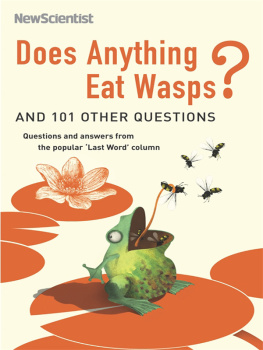
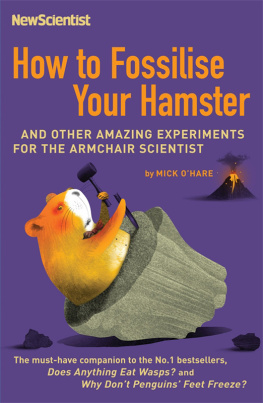
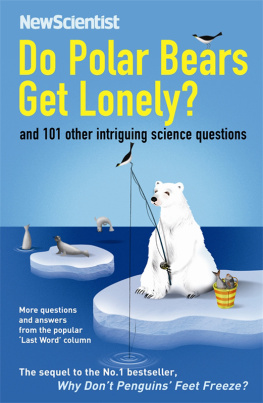

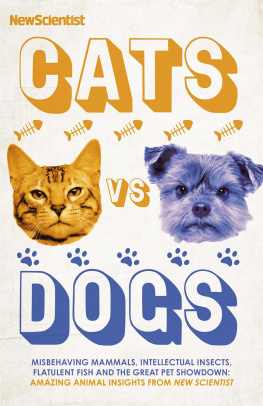
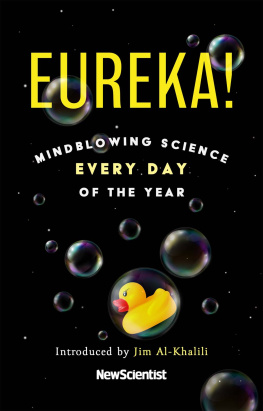
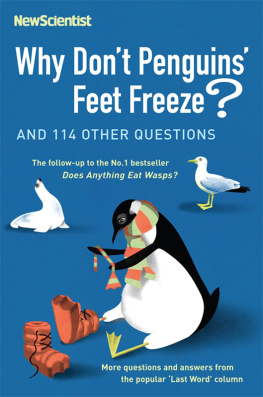
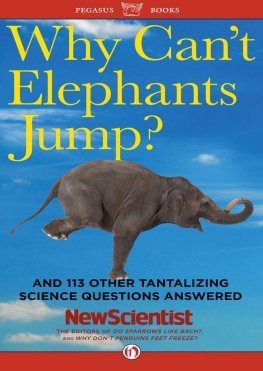
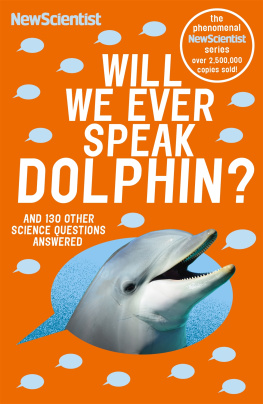



 Breaking glass
Breaking glass